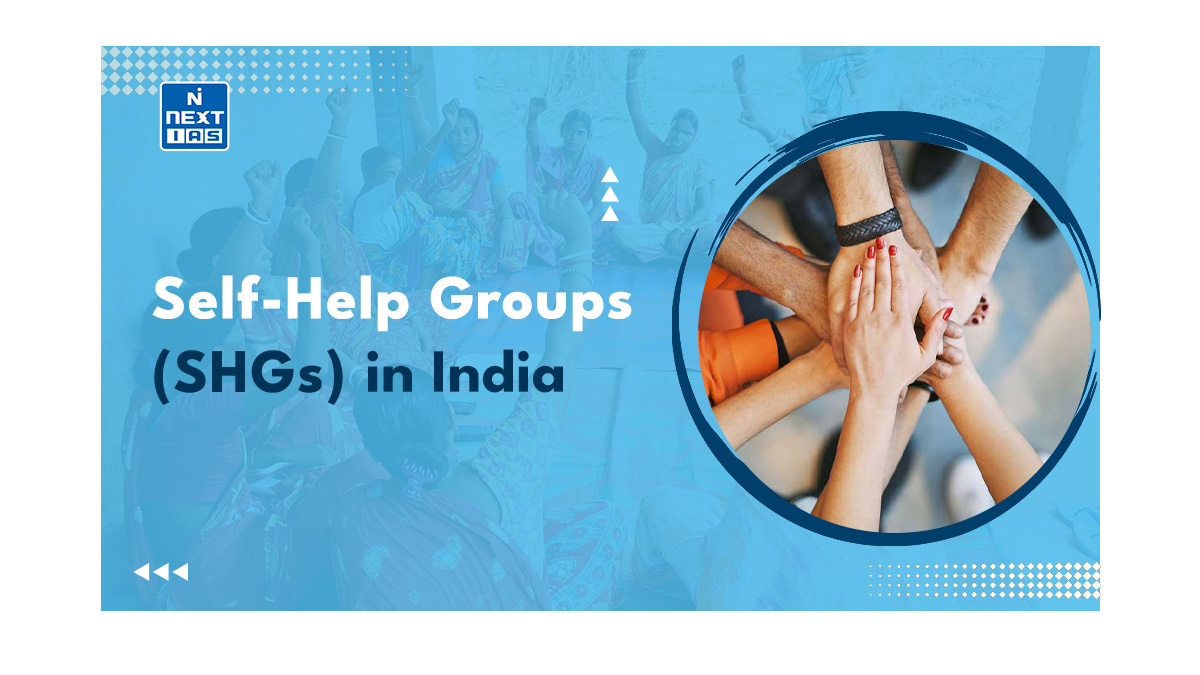
The Citizen’s Charter in India outlines the commitments of public service organizations to ensure transparent, accountable, and citizen-centric service delivery. Its principles and features aim to empower citizens, while addressing challenges is key to achieving effective governance. This article aims to study in detail the features, principles, and challenges of the Citizen’s Charter and its role in fostering good governance.
About Transparency and Accountability in Governance
- Transparency and accountability are the cornerstones of good governance.
- Among the various tools available to achieve this, the Citizen’s Charter and the Right to Information (RTI) Act have emerged as powerful mechanisms to empower citizens and make public administration responsive.
- In a democracy, transparency and accountability are integral to the effective functioning of governance.
- They are not just principles but essential tools to ensure that governments remain answerable to the people they serve.
- With the rapid socio-economic evolution in contemporary society, these concepts have become indispensable in combating corruption, fostering citizen trust, and ensuring efficient public service delivery.
Read our detailed article on the Transparency in Governance and Accountability in Governance.
About Citizen’s Charter in India
- The Citizen’s Charter is a formal document jointly prepared by citizens and the administration to enhance service delivery, address grievances, and improve public satisfaction.
- Often referred to as a Memorandum of Understanding (MoU) between citizens and administration, it represents a promise by public service organizations to uphold specified service standards.
- While the Citizen’s Charter is not legally enforceable, it acts as a critical tool for improving public services through the establishment of clear standards, timeframes, and expectations.
- This voluntary commitment encourages accountability and ensures that services are demand-driven rather than supply-driven.
Evolution of Citizen’s Charter in India
- The concept of the Citizen’s Charter was pioneered in the United Kingdom in 1991 under the leadership of Prime Minister John Major.
- It aimed to make public services more responsive by viewing them through the lens of the citizens who use them.
- In India, the Citizen’s Charter gained prominence during the Chief Ministers’ Conference on “Responsive Administration” in 1997.
- The Department of Administrative Reforms and Public Grievances (DARPG) took the lead in formulating guidelines and encouraging public service organizations to adopt charters.
- By 1997, various ministries, departments, and agencies at the Union and state levels had developed over 700 Citizen’s Charters.
Features of Citizen’s Charter in India
- Standards of Service Delivery: Clearly outline what citizens can expect, including timeframes and quality benchmarks.
- Information and Openness: Provide comprehensive and accurate details about services, costs, and grievance mechanisms.
- Choice and Consultation: Incorporate citizen feedback and provide options for availing services.
- Courtesy and Helpfulness: Foster a culture of respectful and helpful service.
- Grievance Redressal: Establish robust systems to address complaints effectively and identify trends for systemic improvement.
Principles of Citizen’s Charter in India
The Citizen’s Charter is built on nine revised principles of service delivery:
- Set Standards of Service: Define measurable, relevant, and time-bound standards.
- Be Open and Provide Full Information: Ensure transparency and easy access to information.
- Consult and Involve: Engage citizens in setting standards and monitoring service delivery.
- Encourage Access and Promote Choice: Offer multiple channels and options for availing services.
- Treat All Fairly: Ensure equitable service delivery, especially for disadvantaged groups.
- Put Things Right When They Go Wrong: Develop effective grievance redress mechanisms.
- Use Resources Effectively: Optimize resources to meet service commitments.
- Innovate and Improve: Continuously upgrade service delivery methods.
- Work with Other Providers: Collaborate with other agencies for integrated services.
Challenges in Implementing Citizen’s Charter in India
Despite its potential, the Citizen’s Charter faces several obstacles:
- Poor Design and Content: Many charters lack clarity, essential information, and measurable standards.
- Lack of Public Awareness: Citizens are often unaware of the commitments made in the charters.
- Inadequate Groundwork: Agencies fail to reform internal processes to meet the promises made in the charter.
- Resistance to Change: Organizational inertia and vested interests can hinder meaningful implementation.
- Neglect of Marginalized Groups: Charters often overlook the specific needs of senior citizens, persons with disabilities, and other vulnerable groups.
- Rarely Updated: Many charters remain outdated, diminishing their relevance and effectiveness.
Recommendations for Effective Citizen’s Charters
To address these challenges, the following measures are recommended:
- Inclusive Consultation: Involve citizens and staff at all stages of formulation and implementation.
- Training and Orientation: Equip staff with skills in grievance handling, team building, and problem-solving.
- Database for Consumer Grievances: Maintain detailed records of grievances for better analysis and improvement.
- Wider Publicity: Use diverse mediums like print, electronic media, and local outreach to raise awareness.
- Institutional Support: Allocate dedicated budgets for awareness generation and staff orientation.
- Feedback Mechanisms: Regularly consult citizens and update charters to reflect changing needs and realities.
Citizen’s Charter and RTI: A Complementary Relationship
The Right to Information (RTI) Act serves as a legal framework to complement the Citizen’s Charter. While the Citizen’s Charter sets expectations and standards, RTI empowers citizens to demand accountability and transparency. For instance:
- Information Dissemination: RTI enables citizens to seek information about service standards outlined in the Citizen’s Charter.
- Accountability: RTI can be used to hold public officials accountable for non-compliance with the charter.
- Feedback and Grievance Redressal: Citizens can use RTI to track the status of complaints and suggest improvements.
Conclusion
The Citizen’s Charter and RTI Act represent a paradigm shift in public administration by prioritizing the needs and rights of citizens. While the Citizen’s Charter fosters a citizen-centric approach through voluntary commitments, RTI ensures enforceable accountability. Together, these tools can pave the way for a more responsive, transparent, and accountable governance system that truly serves its people. Implementing and strengthening these mechanisms requires sustained effort, political will, and active citizen participation to realize their full potential.
Frequently Asked Questions (FAQs)
What is Citizen Charter?
A Citizen Charter is an official document that outlines the services provided by a government department or organization, along with the standards, timelines, grievance redressal mechanisms, and responsibilities to ensure transparency and accountability to citizens.
What is Citizen Charter example?
An example of a Citizen Charter is the Indian Railways Citizen Charter, which details services like ticket booking, train schedules, and complaint redressal mechanisms to ensure timely and efficient service for passengers.






